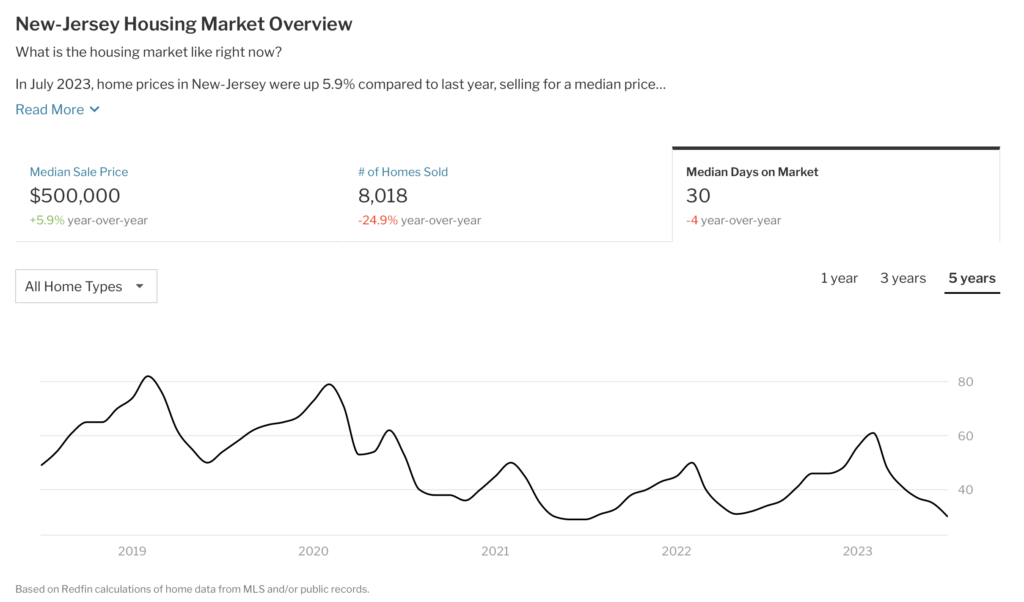From ABC News:
Home sales fell again in August as homebuyers grapple with rising mortgage rates
Sales of previously occupied U.S. homes fell for the third month in a row in August, as higher mortgage rates, rising prices and a dearth of properties on the market shut out many would-be homebuyers.
Existing home sales fell 0.7% last month from July to a seasonally adjusted annual rate of 4.04 million, the National Association of Realtors said Thursday. That’s below the 4.10 million pace that economists were expecting, according to FactSet.
Sales slumped 15.3% compared with the same month last year and are down 21% through the first eight months of the year versus the same stretch in 2022.
Meanwhile, prices rose again last month, propped up by buyers competing for a near-record low inventory of homes on the market.
The national median sales price rose 3.9% from August last year to $407,100, marking the third month in a row that the median price remained above $400,000. Last month’s median sale price is also the fourth-highest on records going back to 1999.
“Home prices continue to march higher despite lower home sales,” said Lawrence Yun, the NAR’s chief economist. “Supply needs to essentially double to moderate home price gains.”
Even as rising mortgage rates force many buyers to the sidelines, the shortage of homes for sale has kept the market competitive, driving bidding wars in many places, especially for the most affordable homes.
Buyers snapped up homes last month typically within just 20 days after the properties hit the market, and about 31% of homes sold for more than their list price.
“Sales are down, people are struggling to buy a home, but prices are going up,” Yun said.

